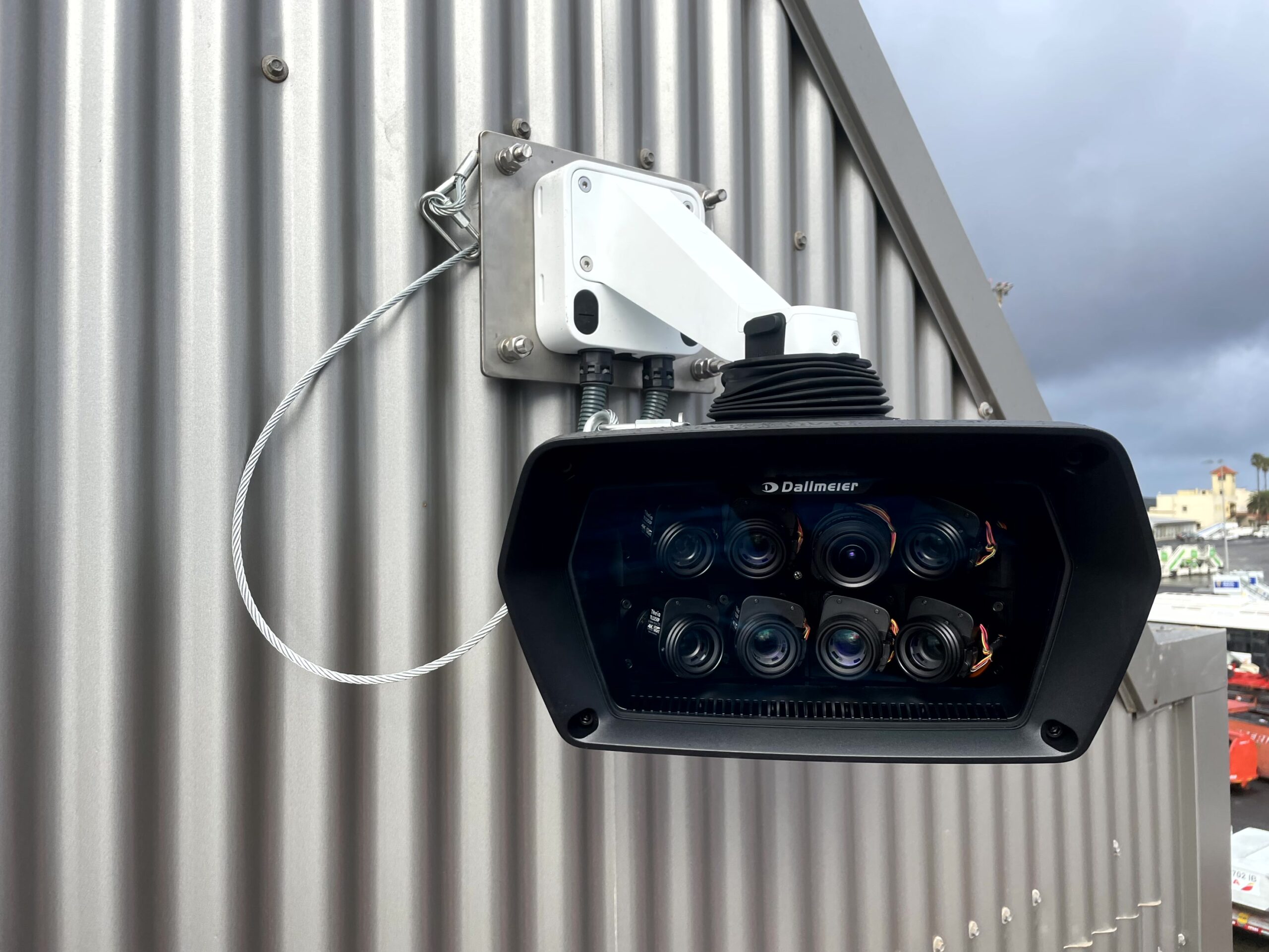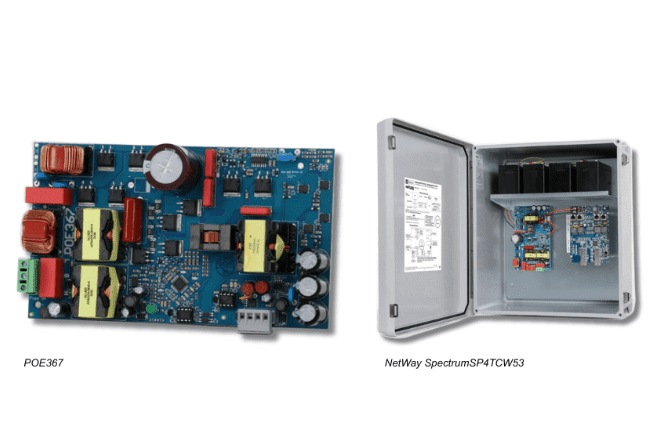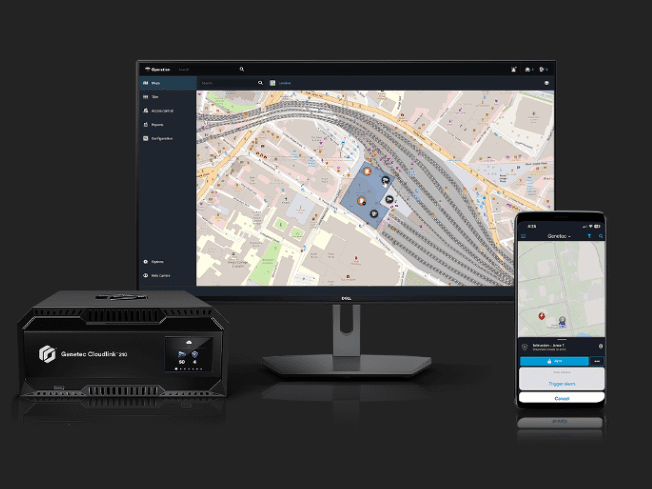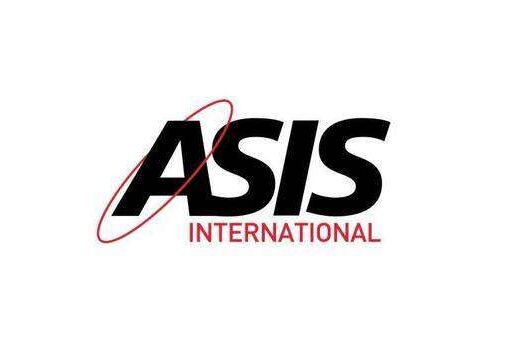The increasing mobility of equipment in the medical environment raises new cause for concern, especially when managing access to valuable or hazardous items, or the confidential data stored within. When using mobile medical equipment, making patient care supplies available when needed while protecting them against unauthorised access is a challenge.
Pharmaceuticals, biologics and other valuable or hazardous medical materials stored within mobile carts and cabinets must be locked away when not in use to prevent theft and idle or malicious tampering. In addition, privacy concerns and enforcement of Health Insurance Portability & Accountability Act (HIPAA) regulations dictate that patient information, such as electronic medical records, must be accessible to only legitimate users.
Furthermore, the COVID-19 pandemic has strained today’s healthcare facilities and resources. As they rapidly adjust their operations to care for the massively increased patient load, they have also worked aggressively to improve their infection control efforts to prevent the spread of the virus.
These efforts include finding ways to safely secure, use and manage mobile medical equipment, such as carts and storage units utilized in their facilities. The need for both safety and security extends to individual patient rooms, which commonly have portable drawer units next to beds that patients can use to store valuable personal items, such as smartphones, laptop computers, purses and wallets.
Electronic Access Solutions (EAS) that provide remote access control of intelligent electronic locks, offer a proven method for physically securing mobile medical carts and equipment. They also minimize the need to physically touch keypads and access panels through the use of electronic locks that can be actuated via Bluetooth-enabled smartphones and RFID cards, which can help limit the number of surfaces that are touched within the medical environment.
Securing a Wide Range of Mobile Equipment
In modern medical practice, efficiency is key. Newer technologies allow for mobility of medical equipment, allowing personnel to bring supplies and machines closer to patients, whether they are in the emergency room or an emergency vehicle.
Mobile nursing stations, X-ray machines, sonograms, ventilators, cardiac and respiratory monitors, and other diagnostic machines are now both mobile and wirelessly networked into the hospital’s IT platforms. In addition, mobile carts are now regularly used to dispense medications; the drawers holding the medication must be secured while the carts are also wirelessly networked, allowing drug dispensing to be tracked and updated in real time.
This mobility has been a key advantage recently, allowing hospitals and other healthcare facilities to reconfigure their operations and expand emergency and ICU wards to handle the expanded COVID-19 patient load. However, associated risks have increased with these changes:
- The systems are tied to networks and directly access patient information, creating a risk of HIPAA violation
- Drug carts that move around constantly contain pharmaceuticals, biologics, pain medication and other valuable or hazardous medical materials that must be strictly controlled and secured
- Valuable equipment and medical supplies are now mobile, so tracking where they are and managing who accesses and uses them is a key management challenge
When combined with smartphone apps or RFID devices, concealed electronic locks and latches provide an effective solution for upgrading the security of existing carts, cabinets and workstations. In addition, a common challenge faced by many facilities is that valuable mobile equipment – like ventilators – is moved all over a facility, especially during periods of intense activity. In response, electronic access systems can provide ways for hospitals to keep track of these mobile assets.
Electronic access systems are comprised of three basic elements: an electronic lock, digital credentials for user access, and a system for controlling and monitoring the access credentials. Another important element that must be considered is a system for manual access in the event of power failure. Consistent operation is dependent upon a high-quality, reliable, electronic lock. The associated access control system validates the user credential and signals the door or drawer to open providing access to pharmaceuticals or patient data stored inside.
Once access is triggered by this electronic signal, a digital signature is created and archived for audit trail purposes. Electronic locks can be operated through a variety of access control user interface devices, such as digital keypads, Bluetooth controllers, RFID and biometric readers.
Most hospitals and other medical establishments use personal RFID nametags to manage access to their buildings, secure storage areas and medical equipment.
Since these systems are so well-established, they can be easily adapted for use in full-featured EAS solutions for mobile medical equipment and storage units. In some cases, hospitals and medical facilities have developed the impression that they would need to completely rebuild their ID cards, card reader hardware and hospital software to implement the latest versions of electronic access.
However, there are platforms that offer incremental, costeffective ways to add EAS technology to existing medical carts and storage units. Some suppliers offer modular, electronic latching and locking mechanisms that can easily replace existing mechanical locks. These drop-in solutions incorporate electronic locks with detachable readers to allow for matching of existing user credential solutions.
This can make it easier to add electronic locking mechanisms with RFID readers to a broad range of mobile medical equipment. The more sophisticated carts and equipment have computers onboard that link wirelessly to the hospital’s network and servers.
The EAS software package to manage permissions and provide the audit trail ensures that the right medical personnel – and only those personnel – use the equipment or access drug carts during each shift. This capability includes tight control and tracking access; only certain nurses and other staff with permission to access a drug cart would be able to do so and only for a designated shift.
The real benefit of an effective equipment access control system comes from the ability to allow various personnel within a hospital to have access only to the equipment that pertains to their specific responsibilities and level of authority. In a hospital environment, this can change regularly, so having an efficient means of managing this access remotely is essential.
Growth of “Touchless” Authorisation
The COVID-19 health emergency has dramatically elevated awareness of how easy it is to transmit viruses by touching surfaces. Hospitals have dramatically enhanced their existing infection control procedures, examining every “touch point” within their operation to determine how to reduce touching and prevent the spread of disease.
One of the advantages EAS offers is to provide a “touchless” method of entry to medical carts and other storage areas throughout medical facilities, making access secure and easy while minimizing the number of touched surfaces. When an electronic access system uses wireless RFID or Bluetooth-credential delivery along with concealed electro-mechanical latching systems, medical personnel never have to touch the hardware to access or relock it after their activity is complete. Wireless credentials can be sent to a concealed lock which then automatically “pops open” a compartment, thus eliminating another touch point.
Many patient rooms have wheeled bedside storage units, as well as typically unsecured closets. However, many patients routinely bring valuable electronics like computers and smartphones for access to during their stay at hospitals or rehabilitation facilities.
Incorporating electronic locks with Bluetooth readers can help address this need. When a patient is admitted to a hospital, either they or a family member could be supplied with a smartphone app that provides a unique electronic key to control access to a secure storage unit.
The electronic lock could incorporate a Bluetooth reader so the patient could use their smartphone to access and secure their valuables. When the patient checks out, the credential can be easily deactivated. This can greatly help hospital administrators who routinely face concerns from patients about lost or stolen valuables during their stay.
Conclusion
As healthcare continues to assess the impact of COVID-19 on their operations, there is value in investigating how to increase touchless methods to conduct routine activities while protecting patient confidentiality and securing valuable equipment.
Electronic access systems can help in this effort. Since most hospitals and healthcare facilities already have secure access infrastructure like RFID cards in place for facility access, they can work with leading electronic access solutions providers to cost effectively extend EAS to the critical equipment within the hospital. Along with the benefits of increased security and real-time audit trails, EAS within the hospital can enhance touchless access across a wide range of mobile — and static — medical equipment, providing one more tool to help minimize touch points where infections can spread.
Read more exclusives and news in our latest issue here.
Never miss a story… Follow us on:
Security Buyer
@SecurityBuyer
@Secbuyer
Media Contact
Rebecca Morpeth Spayne,
Editor, Security Portfolio
Tel: +44 (0) 1622 823 922
Email: [email protected]


























